 5
5
Three Easy Steps To Save This Lesson As A Pdf:
-Make sure you are logged in.
-Click on the small triangle next to the tool wheel in the upper right hand corner of the page (you'll find it above the Like button).
-Select the pdf. option. Wait a few minutes. It's a large file due to the number of images.
-Your file should appear with the title of the lesson.
As we continue our study of color (Lesson 13) as it relates to quilting, we focus on the Analogous plan, which comes from the word analogy meaning 'to be alike.' An Analogous color plan consists of colors that play well together because they are located near each other on the color wheel and they are closely related. Think of them as cousins in an extended family sitting at a large round table.
Let's use Betty, our head of a color family, as an example. Betty represents the color Orange, to the left of Betty sits her cousin Orange-Red. To the right of Betty, sits her other cousin Yellow-Orange. All three women have red hair, but, while Betty has what we call carrot red hair, her cousin Audrey's is Auburn and cousin Sally's is Strawberry-Blonde. Seated next to each other, all three red-headed women create an Analogous color plan.
When it comes to quiltmaking, we can look to the Analogous color plan for inspiration. Groupings of related colors create a sense of harmony, are pleasing to the eyes, can have a rich appearance, and are often found in nature or historic structures. A mosaic floor, flowers in a garden, the chili peppers, or sweet peas spilling over rocks are just a few Analogous combinations that can give you ideas for creating your own dynamic quilt.

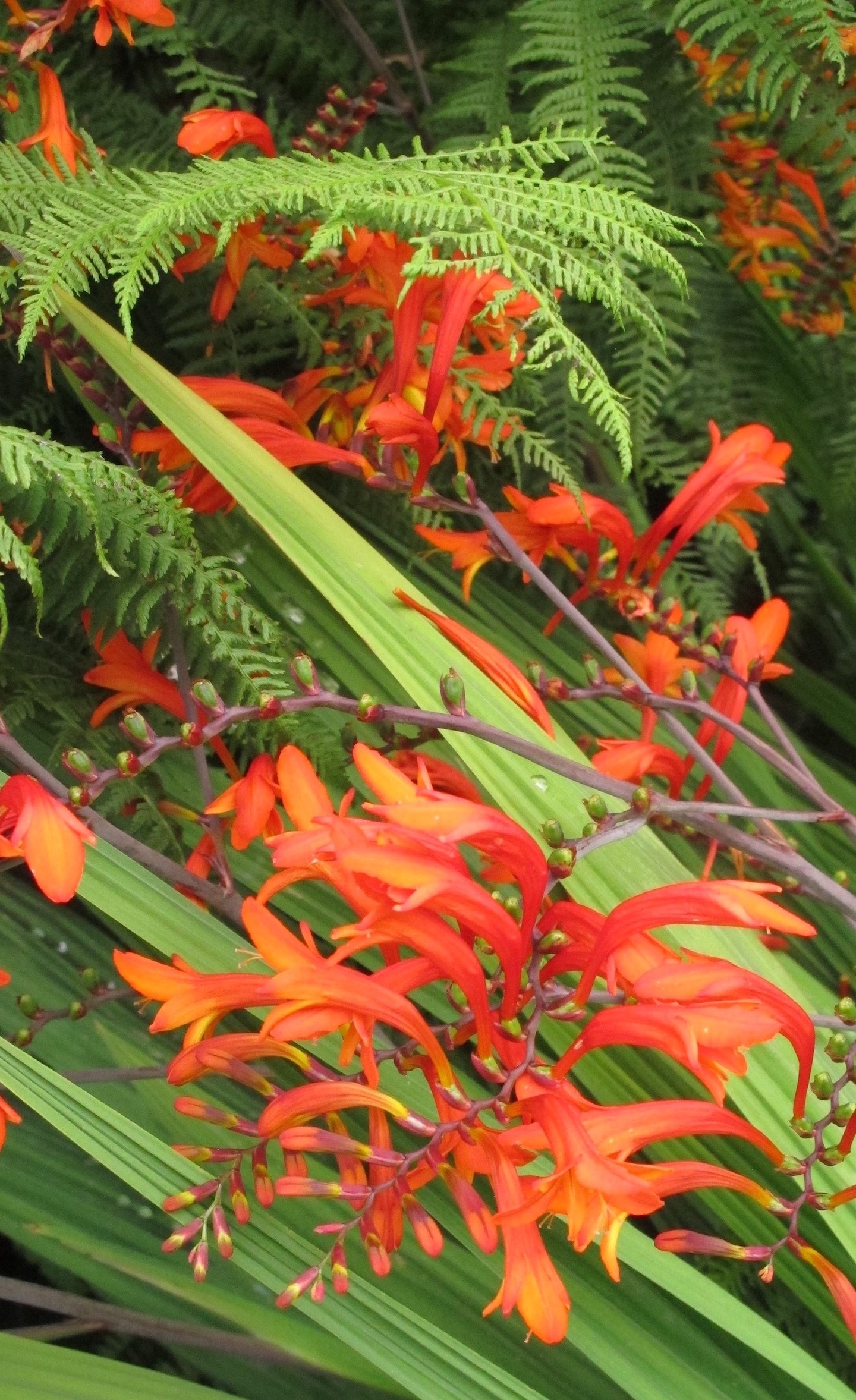
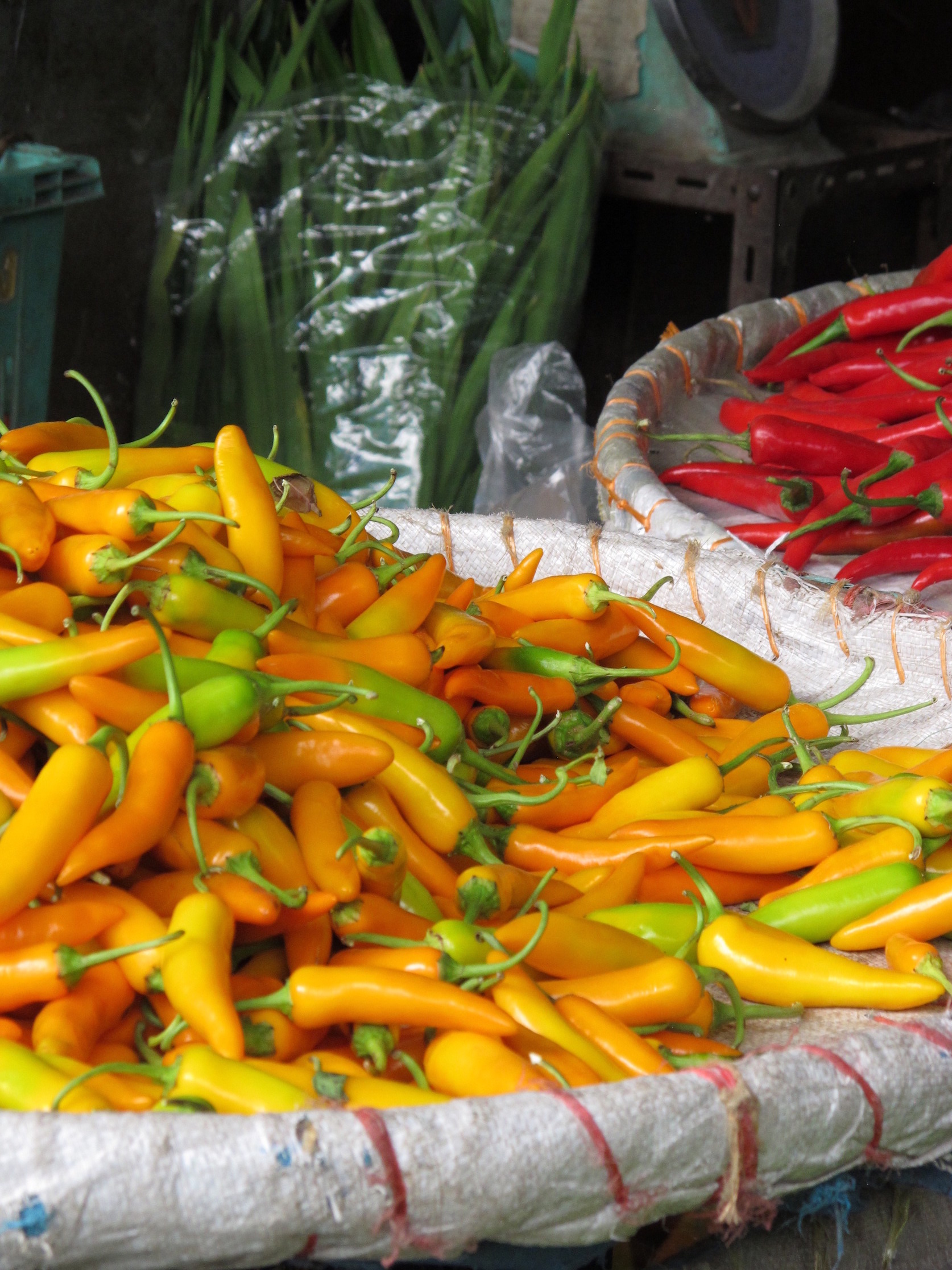
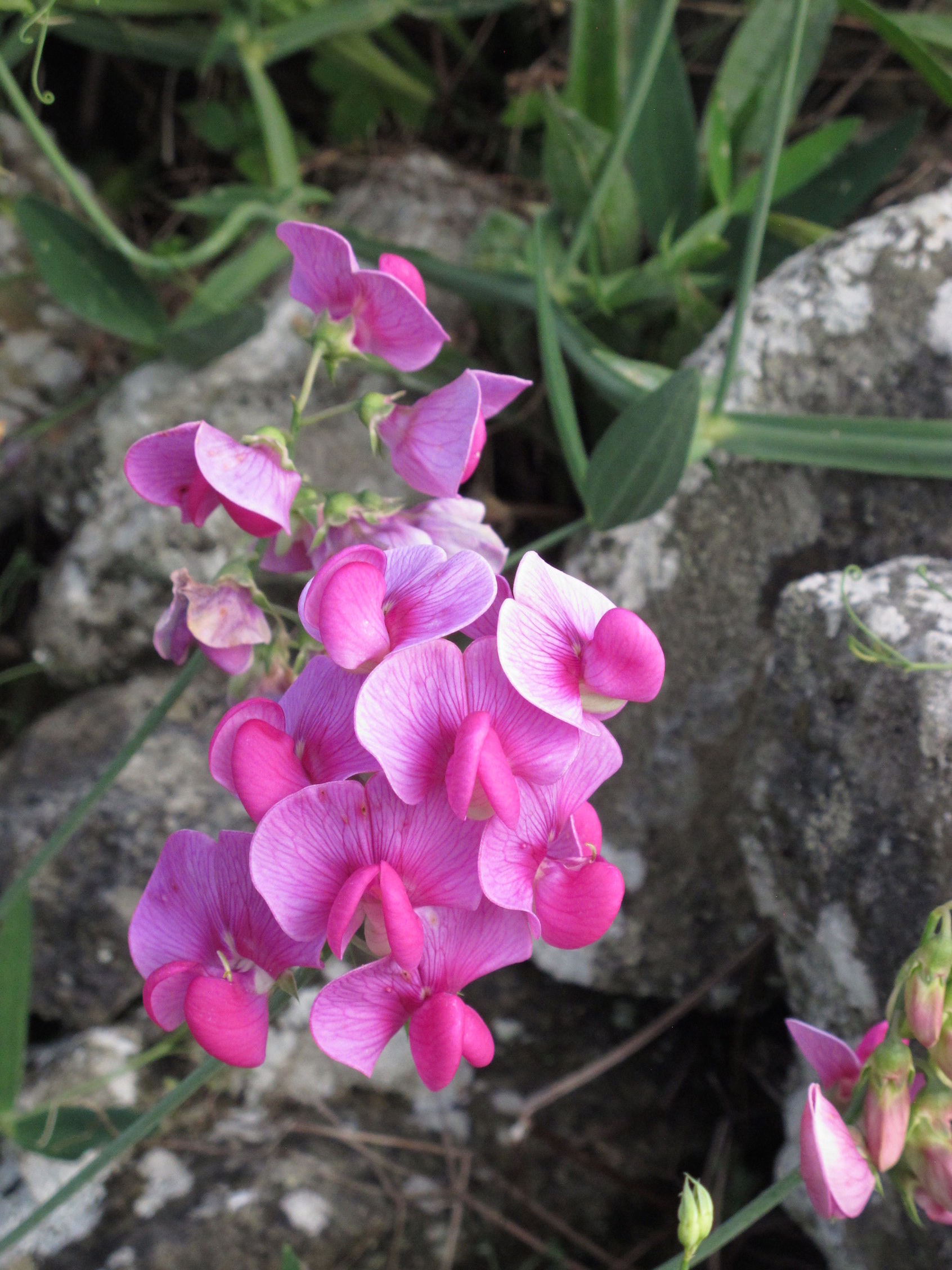
Images by Lilo Bowman
The Analogous color plan uses either three, five, seven, nine, or half of the colors along one side of the color wheel. However, you need to be careful to not go too far astray. "If our color wheel were a delicious pie (mmm, pie!), then an analogous color scheme would be a fairly large slice. The key to creating a good analogous scheme is to remember that your eyes are bigger than your appetite. As a rule of thumb, avoid having a slice that’s bigger than one-third of the whole, or you’re bound to make users sick". (from Sitepoint)
To get the most out of the plan, use contrast to avoid the work reading as one or bleeding. A good rule of thumb is to choose one color to be the lead actor and a second color represents the supporting actor. The third, fourth and so on (colors) represent the rest of the actors in the cast. How little or how much contrast is in the quilt work is your decision. Below are two examples of what can result when your contrast is low (on the left) or high (on the right). In French Braid, Jane Hardy Miller uses closely related colors next to each other for a soft and subtle flow. Learn more about fabric selections to create a smooth color flow in Show 1607: The Art of Color Braiding. While Pennsylvania by Gwenfai Rees Griffiths is even a more subtle use of colors.
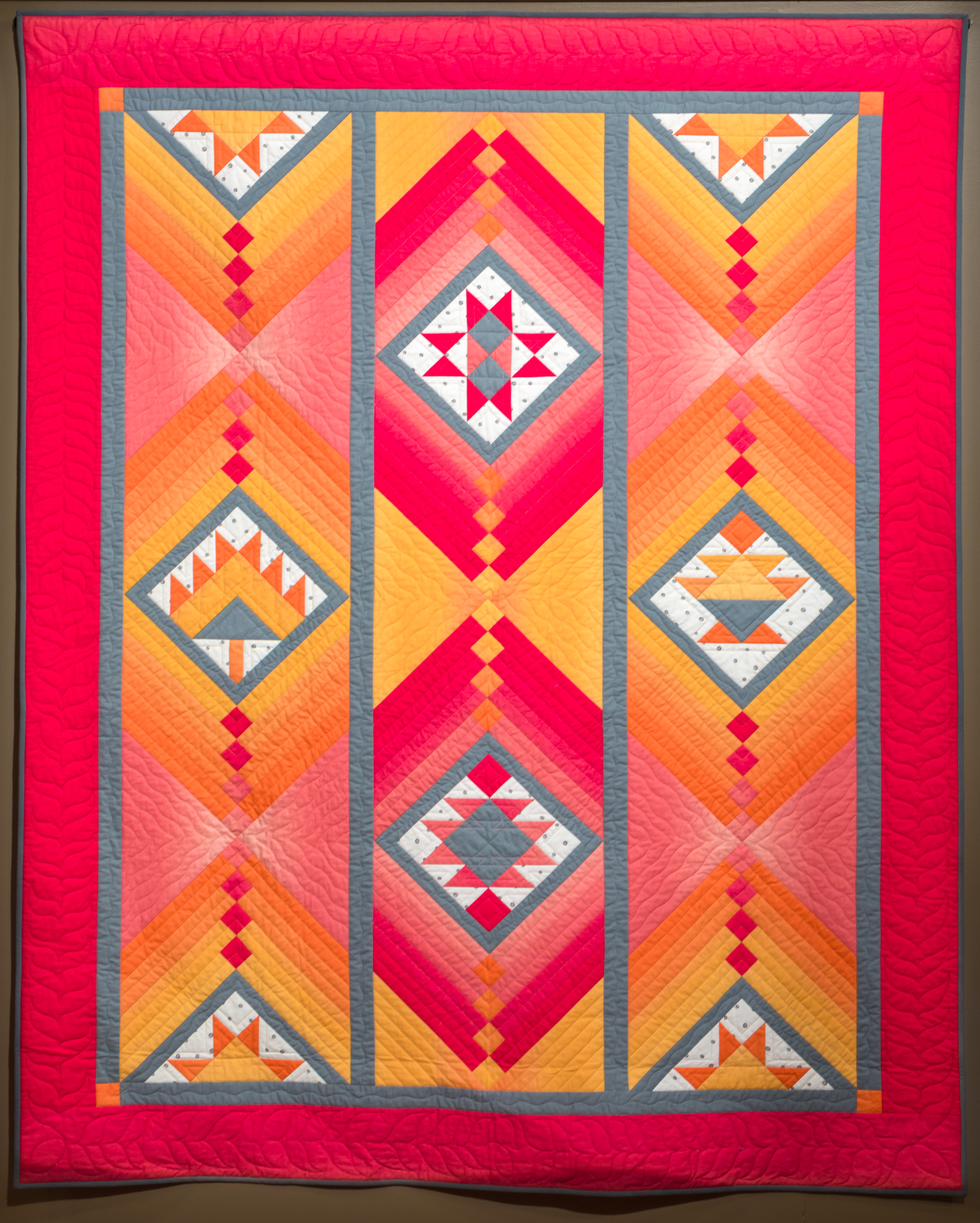
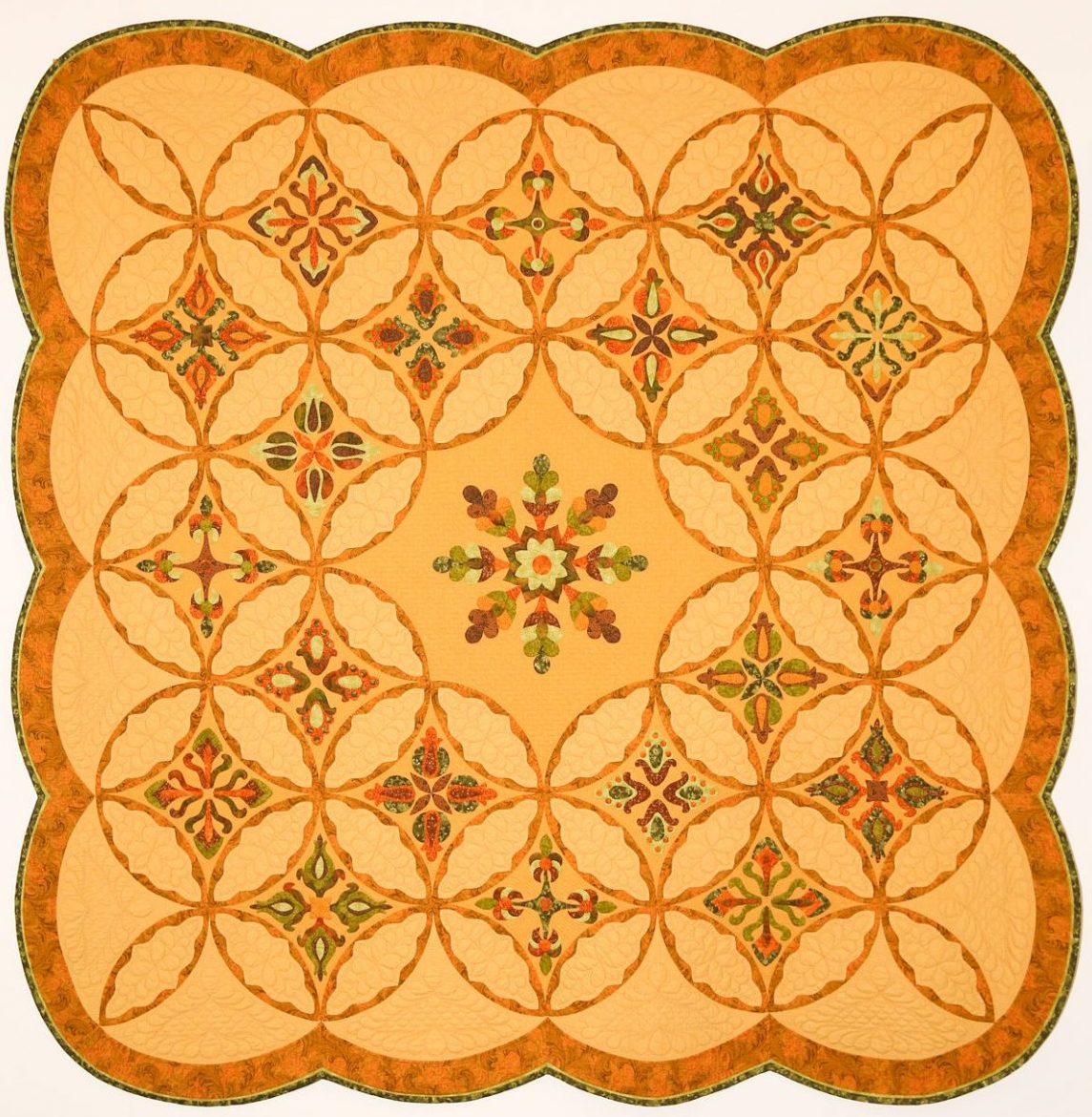
French Braid by Jane Hardy Miller (Show 1607). Pennsylvania by Gwenfai Rees Griffiths. Photo Festival of Quilts.
Using our Essential Color Wheel, let's look at some more examples of Analogous color plans in quilts:
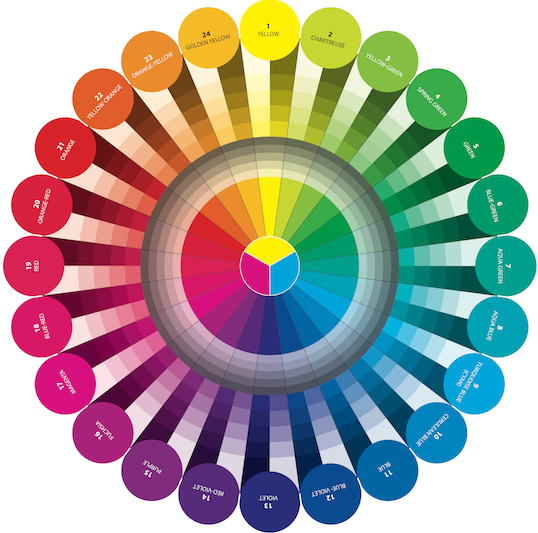

Tangerine Sky by Diane Melms features a narrower collection of Golden-Yellow to Orange-Red, while Floating by Jasmine (an adaptation of Christina Caneli's Magic Carpet) uses a collection of Magenta to Violet with black.
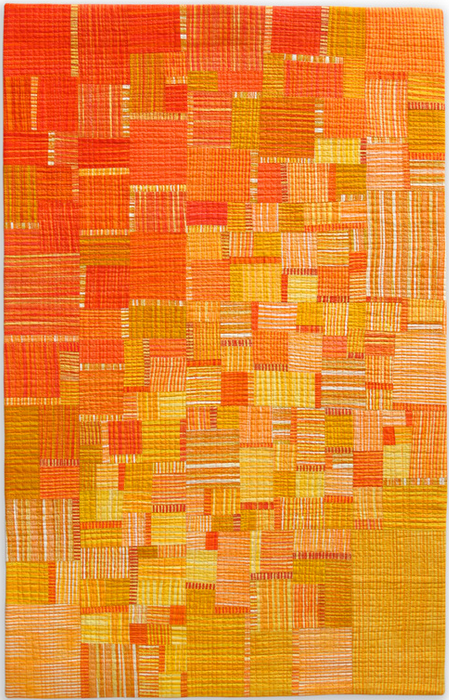
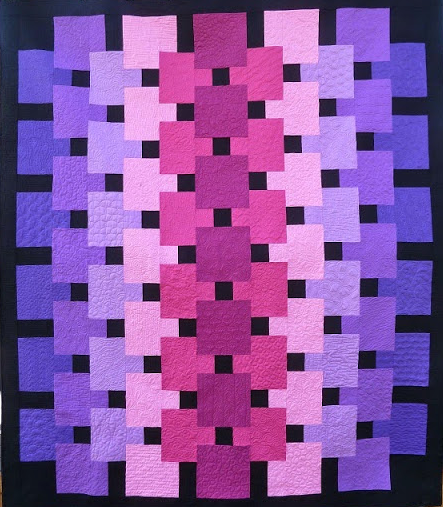
Tangerine Sky by Diane Melms (Left) ; Floating by Jasmine (Right)
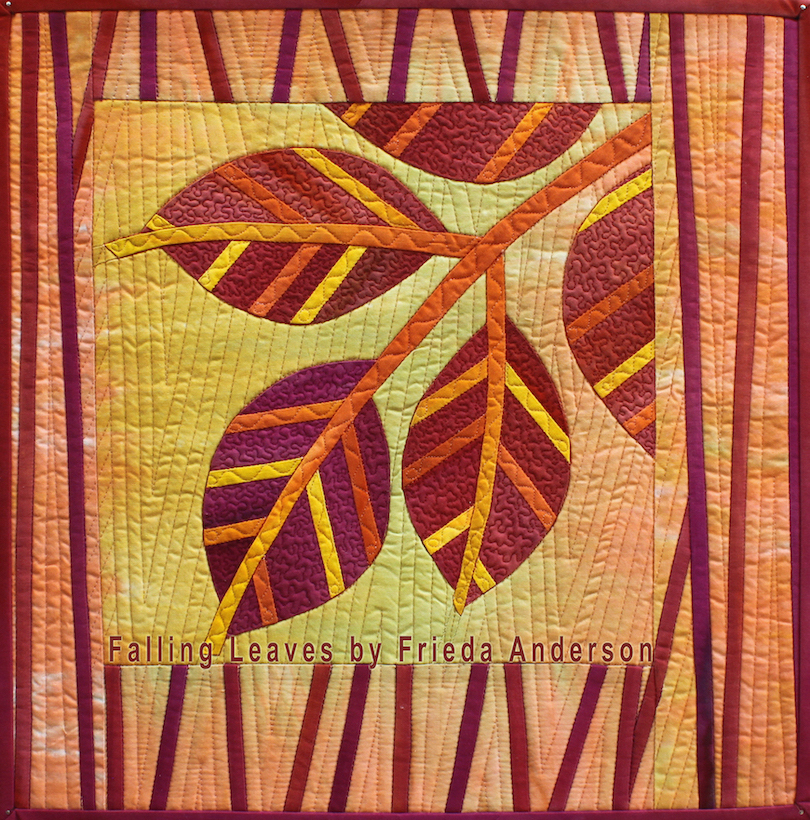
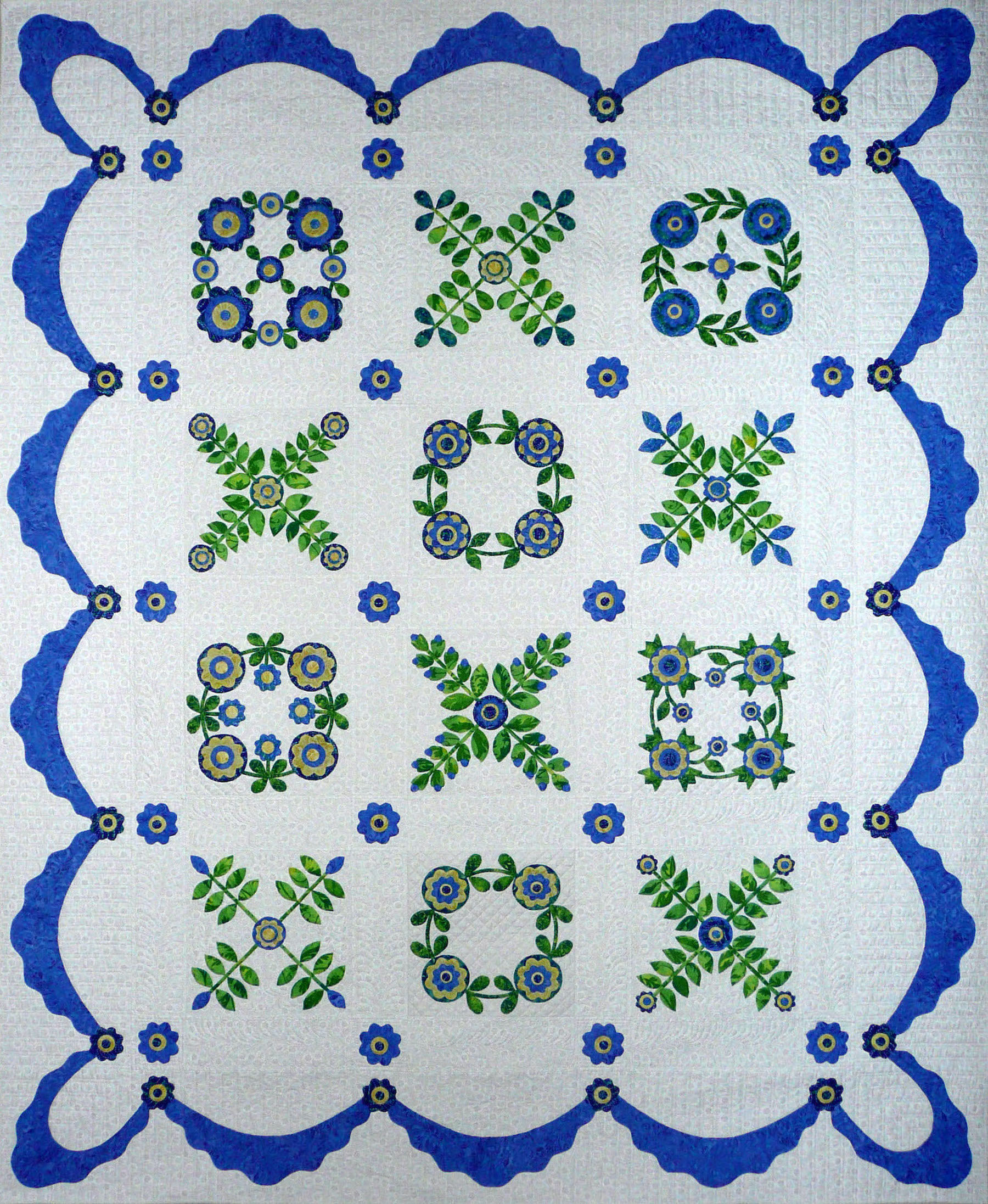
Hugs and Kisses by Sue Garman (Image by TheQuiltShow.com). Falling Leaves by Frieda Anderson (Show 705) [Image courtesy of Frieda Anderson].
Practice Exercise:
Using your Essential Color Wheel and the Ultimate 3-in-1 Color Tool, see if you can determine how many colors are used in each of these Analogous color plan quilts below.
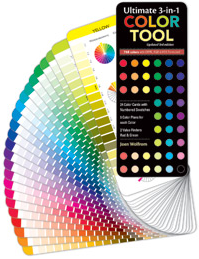

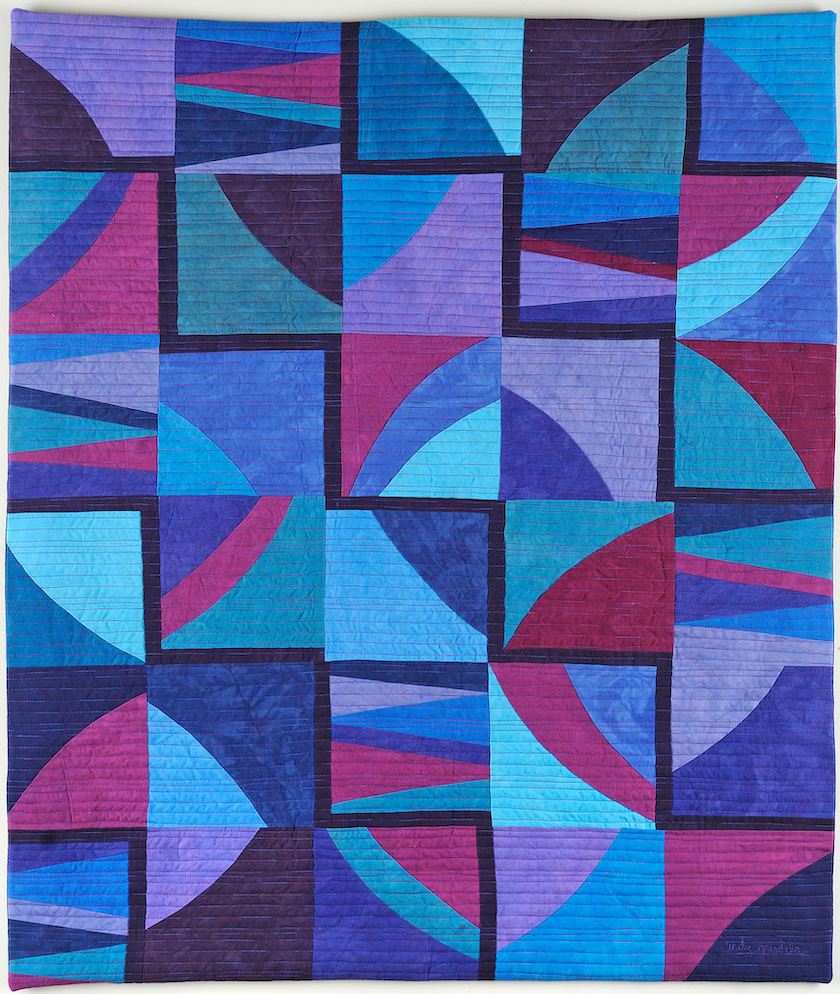
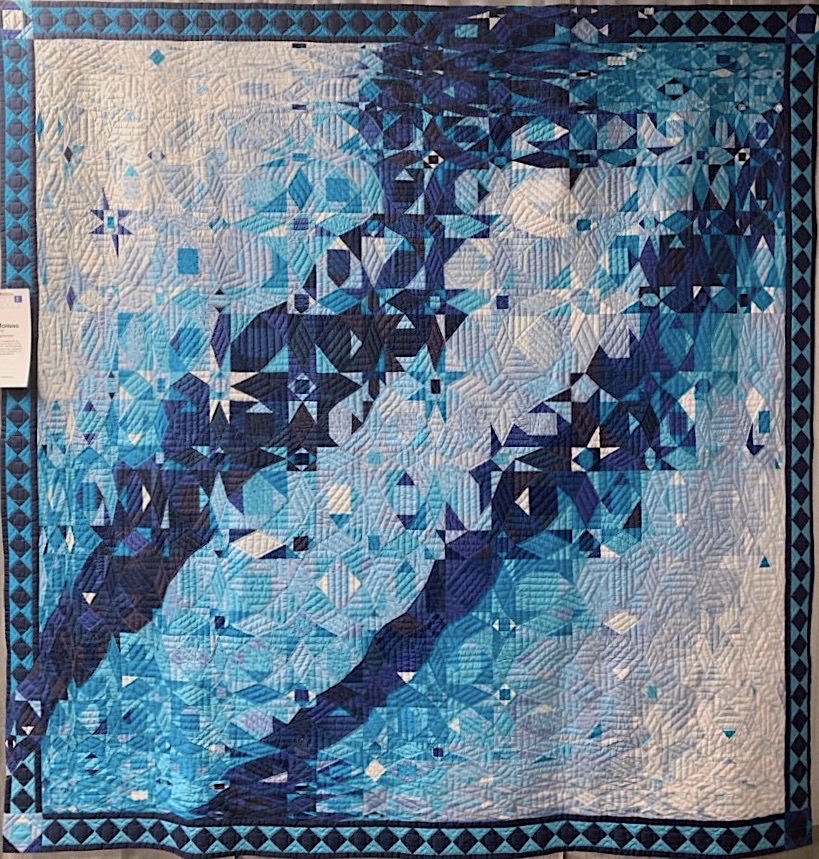
Blue Maze by Cindy Grisdela (Image courtesy of Cindy Grisdela). Morning at Sea by Miyoko Hashimoto (Image by TheQuiltShow.com).
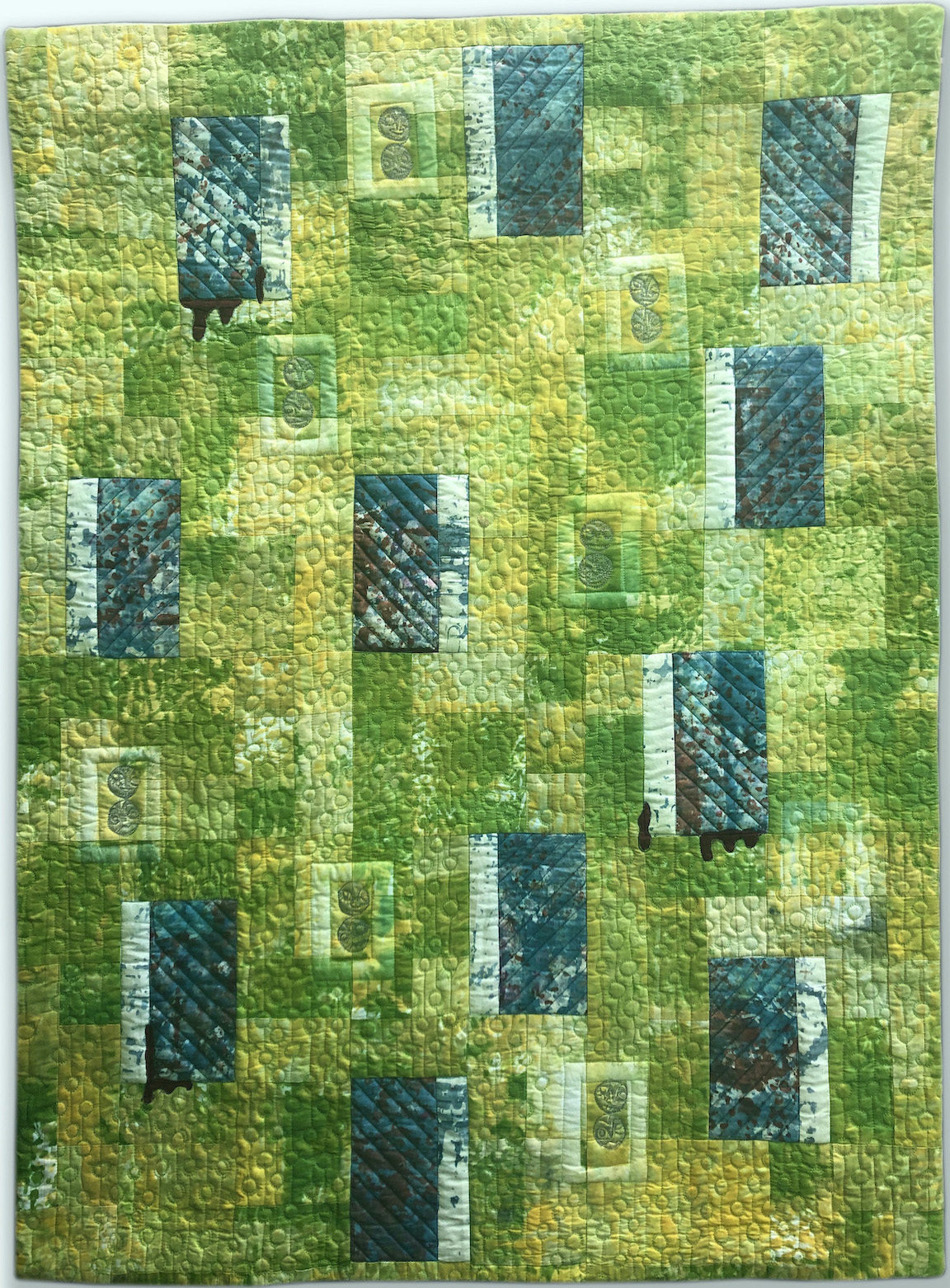
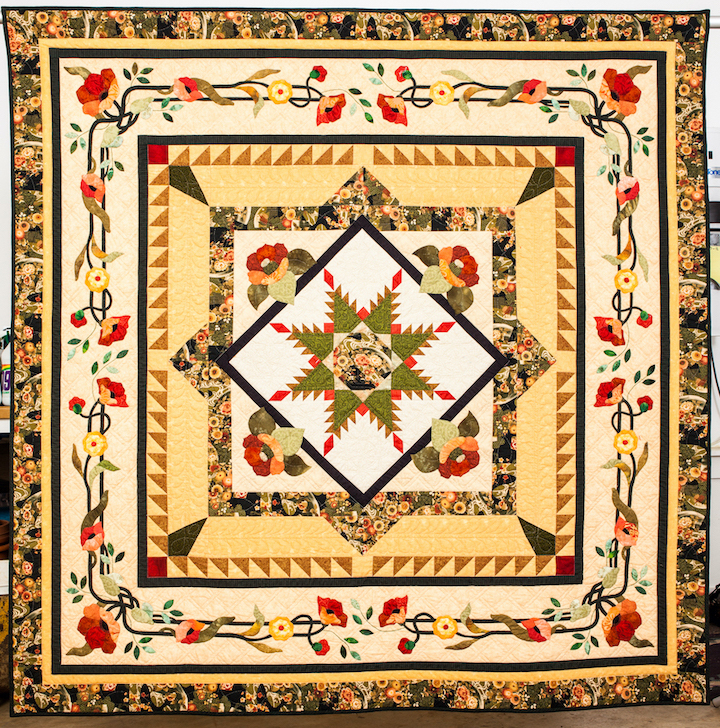
Behind Closes Doors by Lisa Walton (Show 2503) [Image courtesy of Lisa Walton]. A Round With My Friends by Barbara Black with Ellen Anson and Sharon Suever (Image courtesy of Barbara Black).

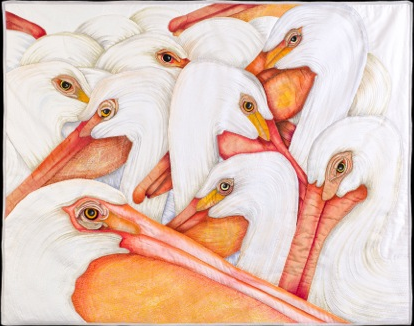
Mariners Compass by Etzuko Shinozaki (Image by TheQuiltShow.com). American White Pelican by Velda Newman (Show 903).
Click here for more topics related to The Art of Quilt Design program.























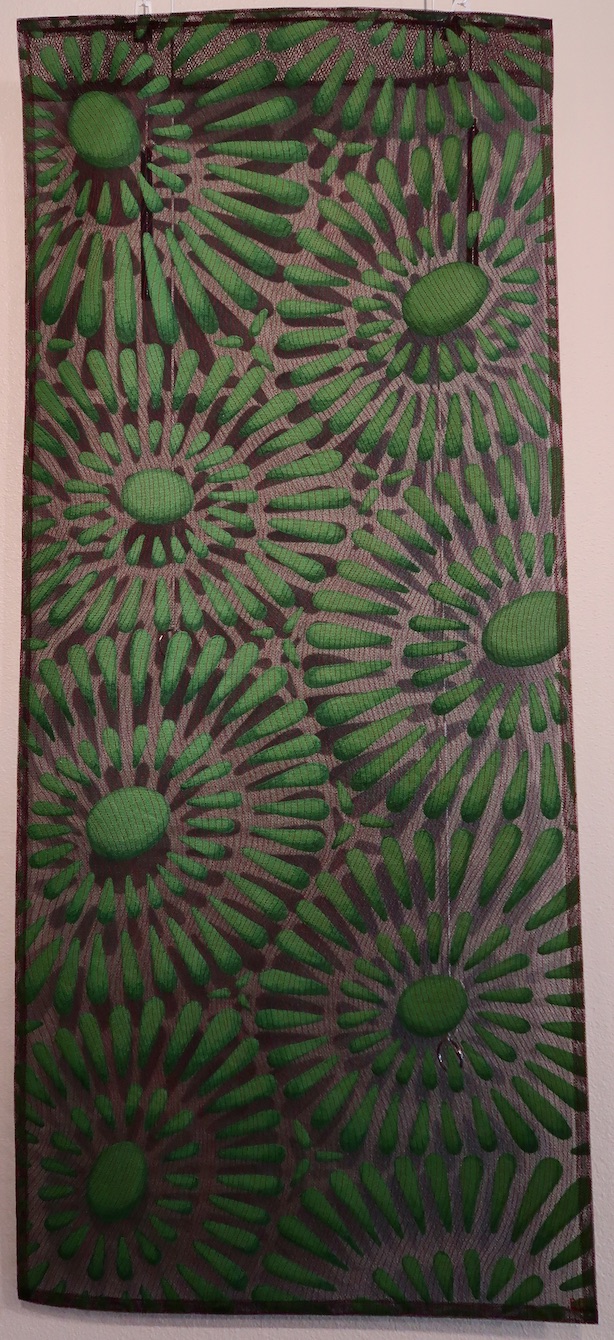

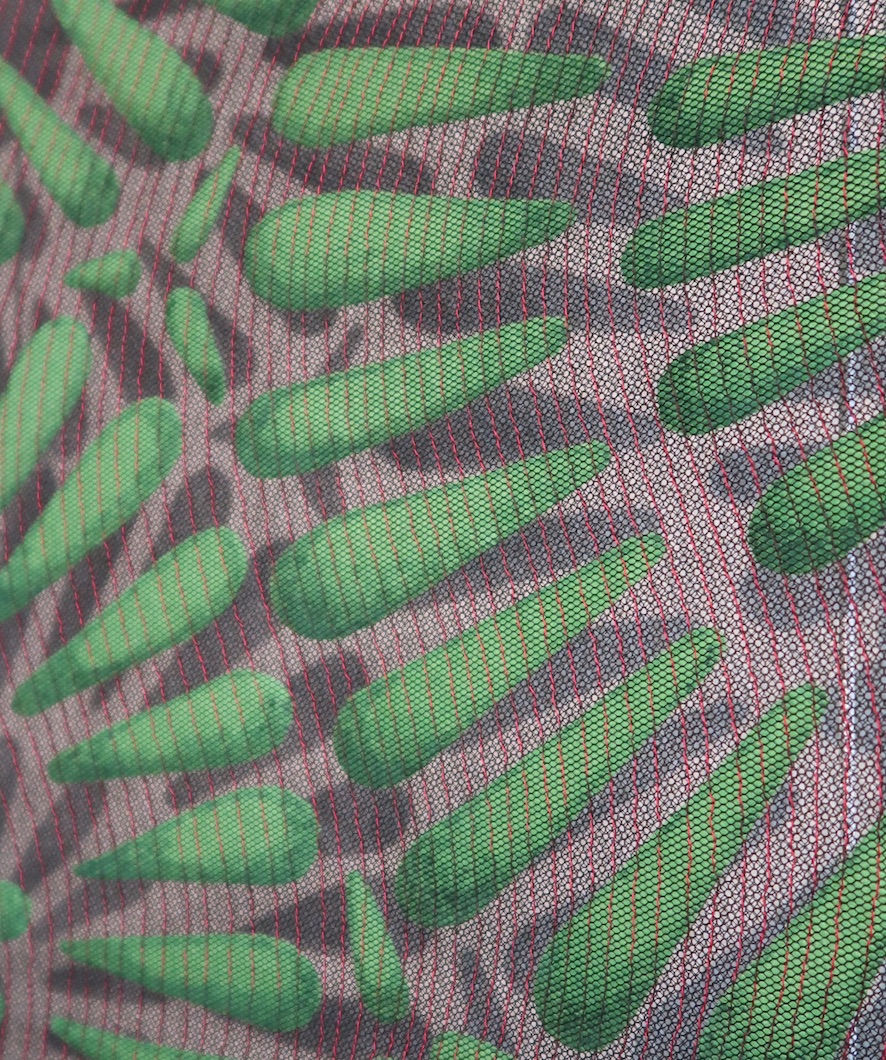
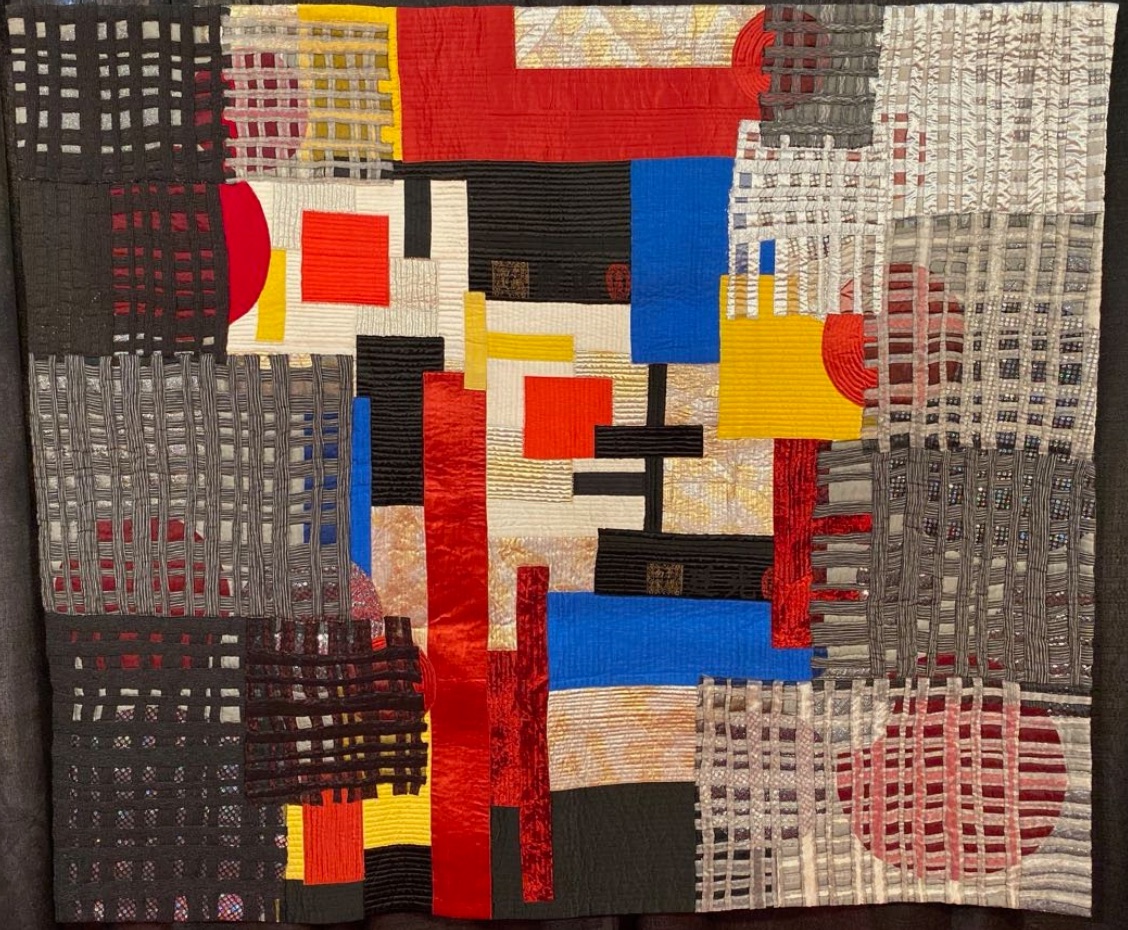
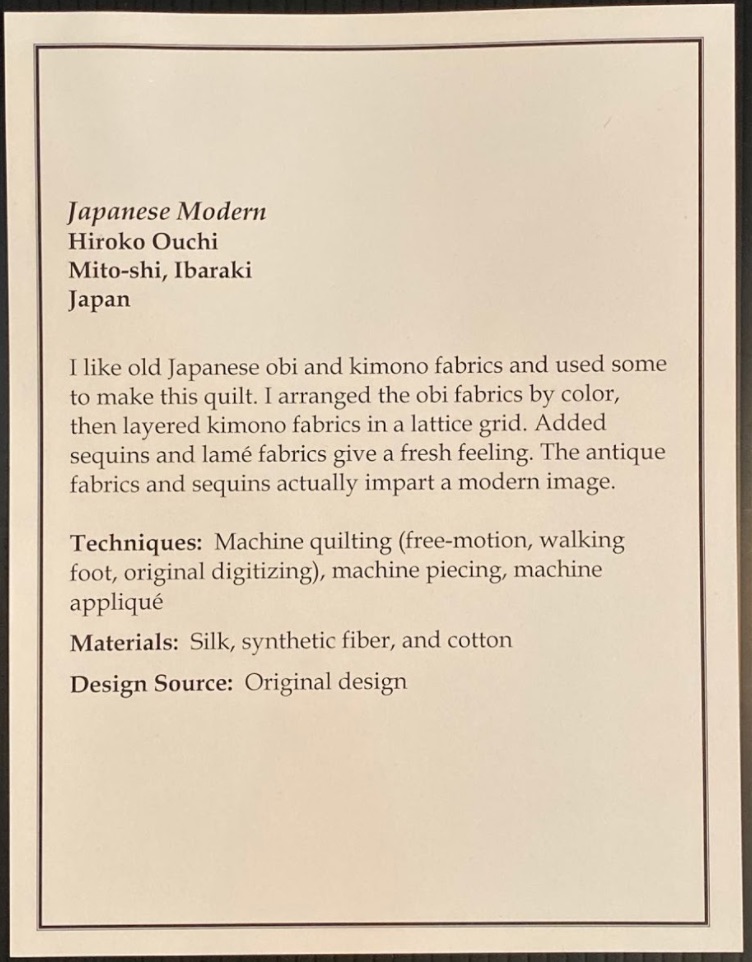

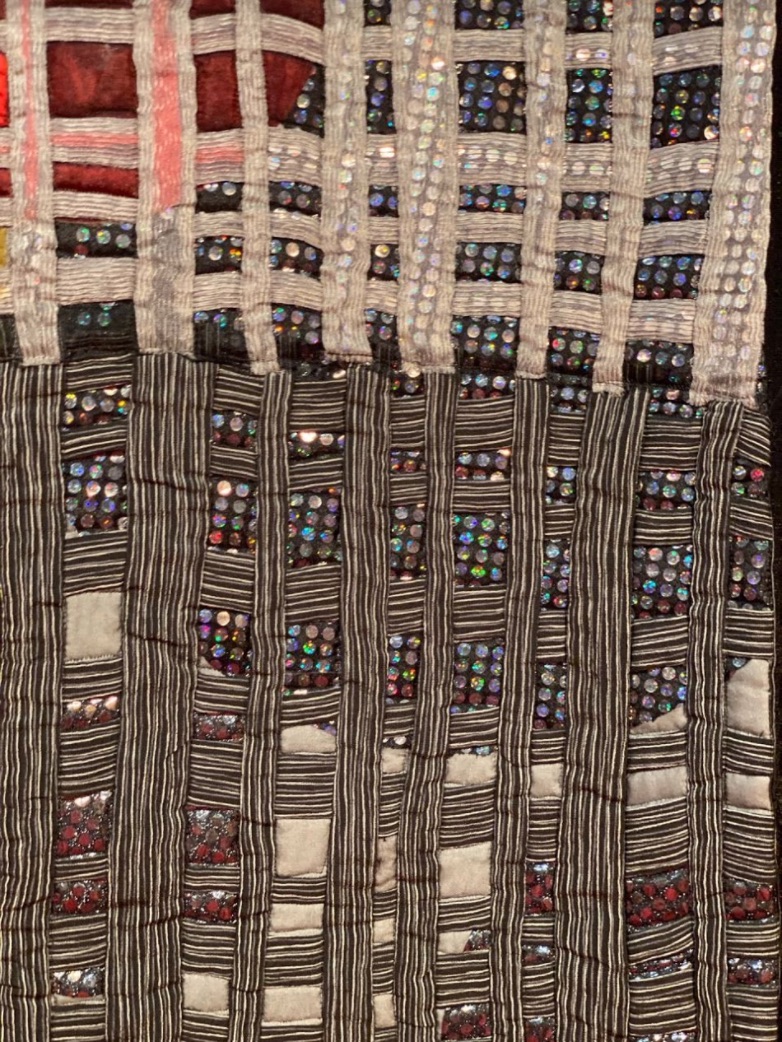
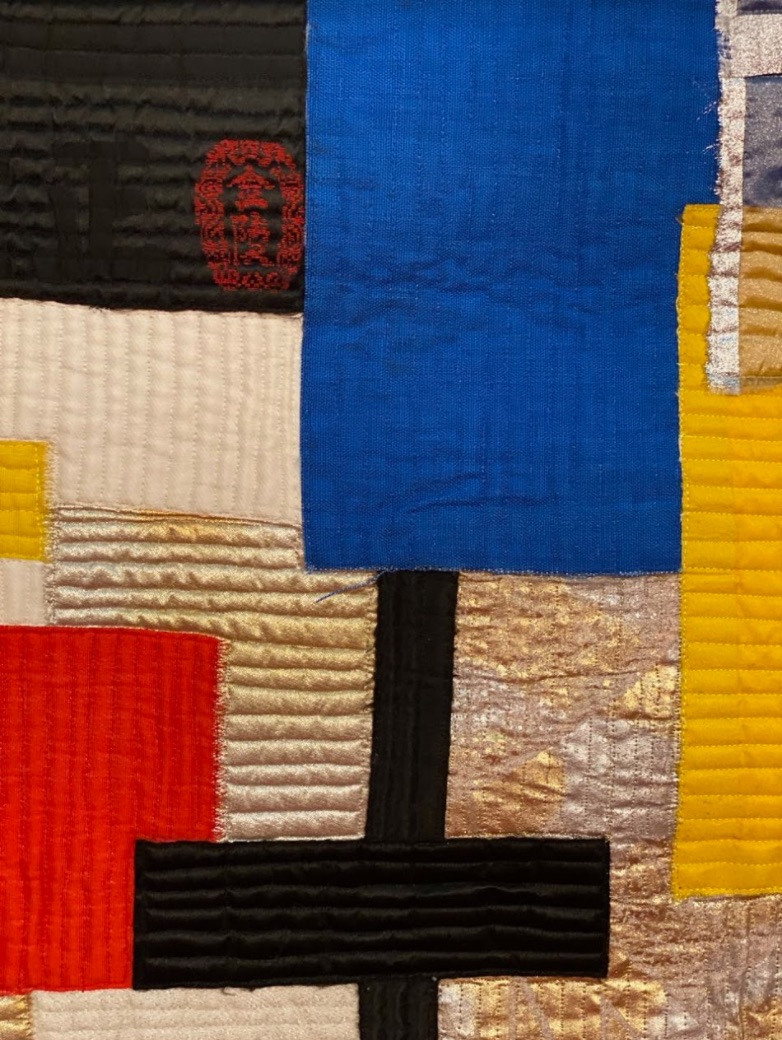



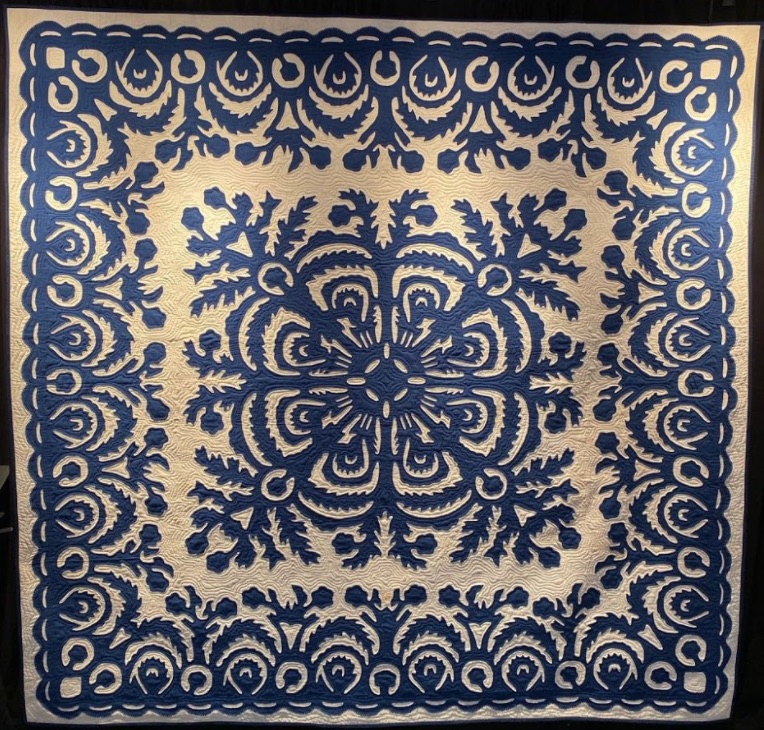

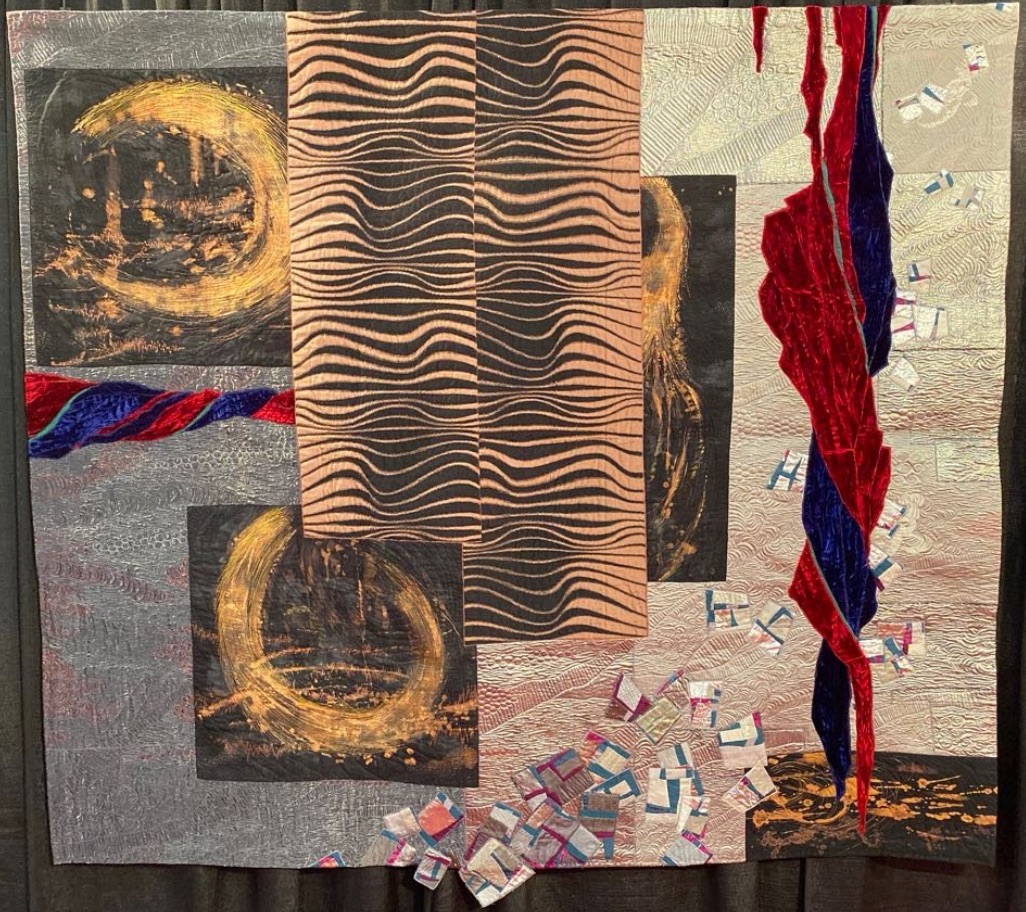

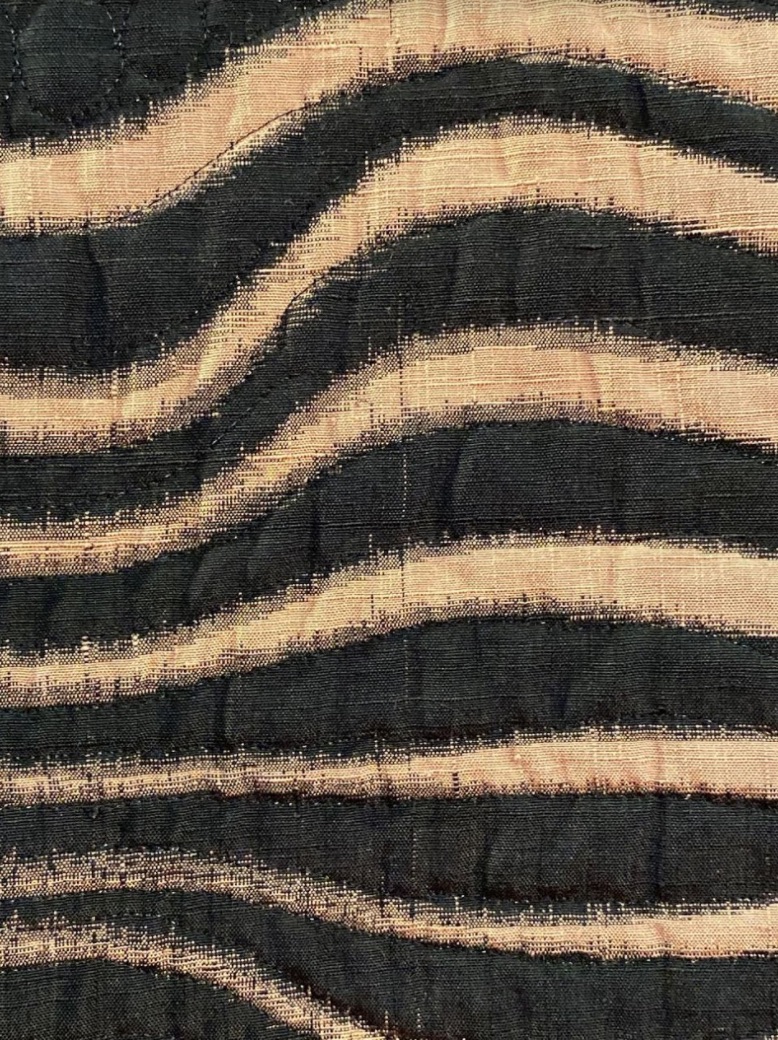




.jpg)


